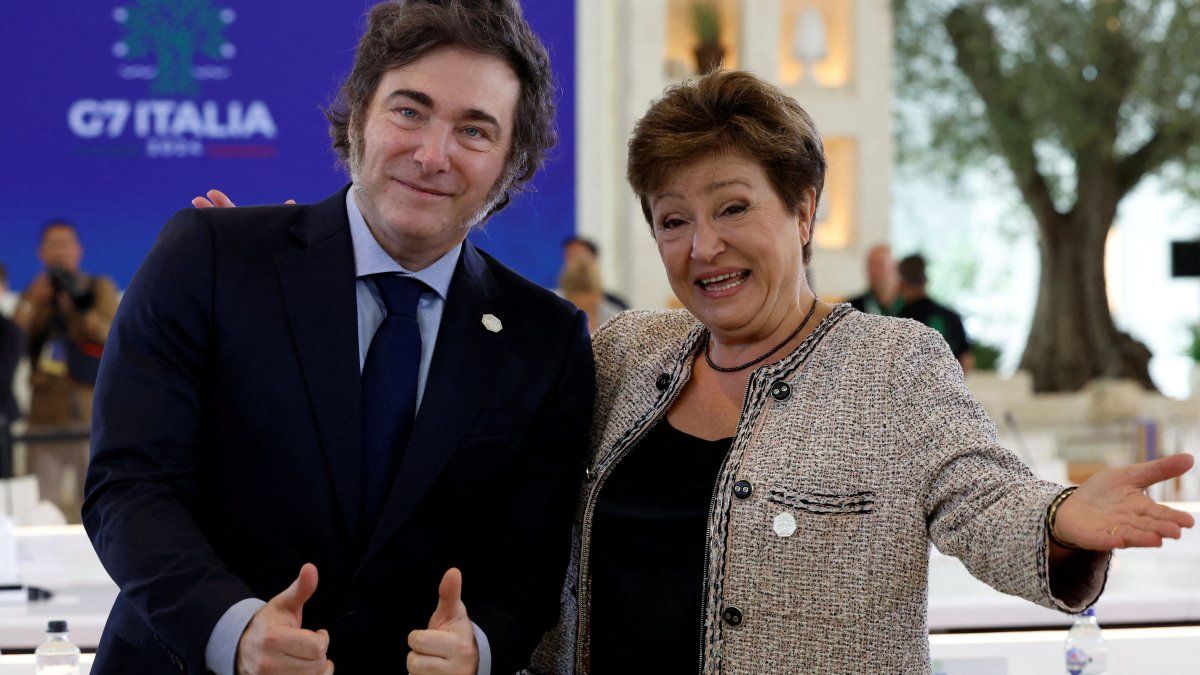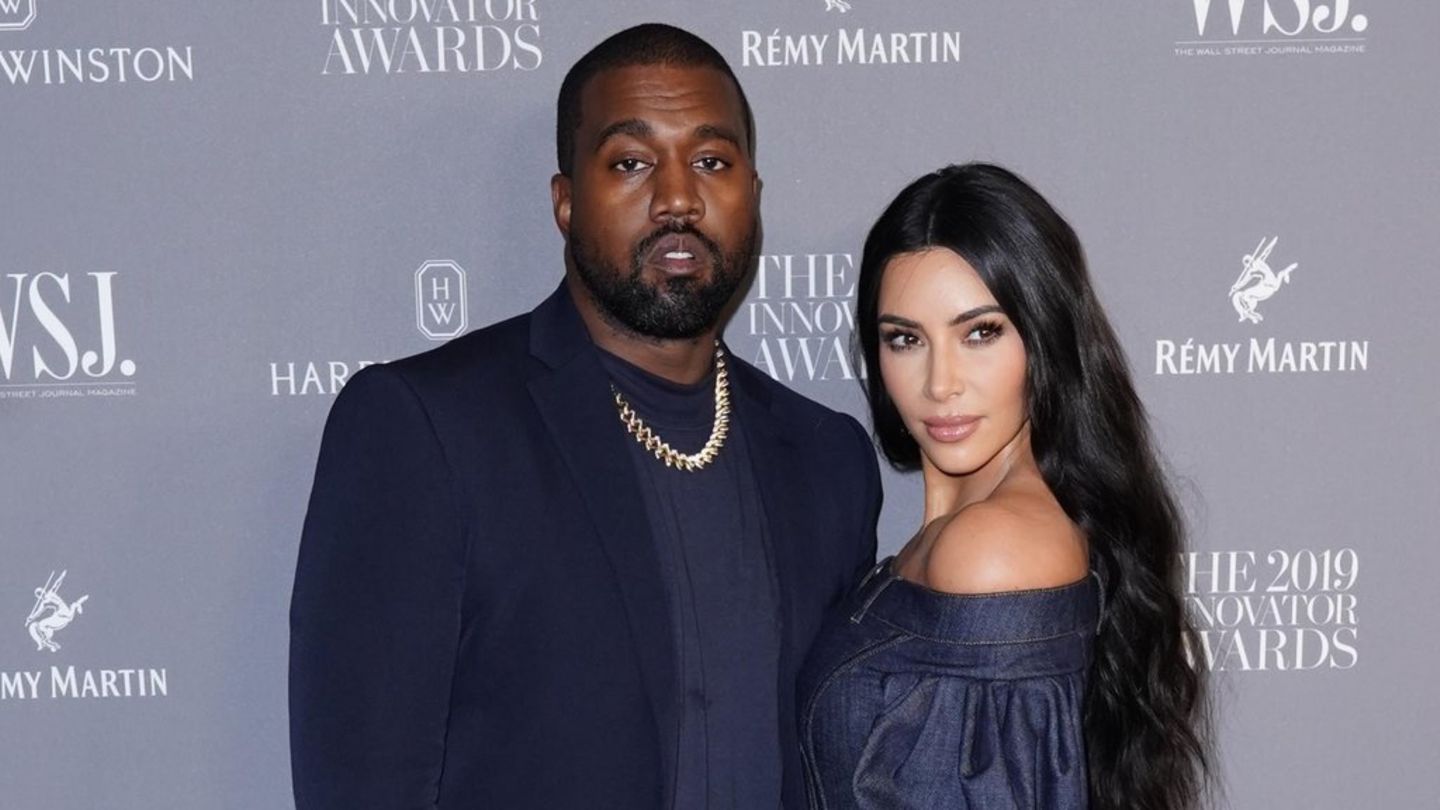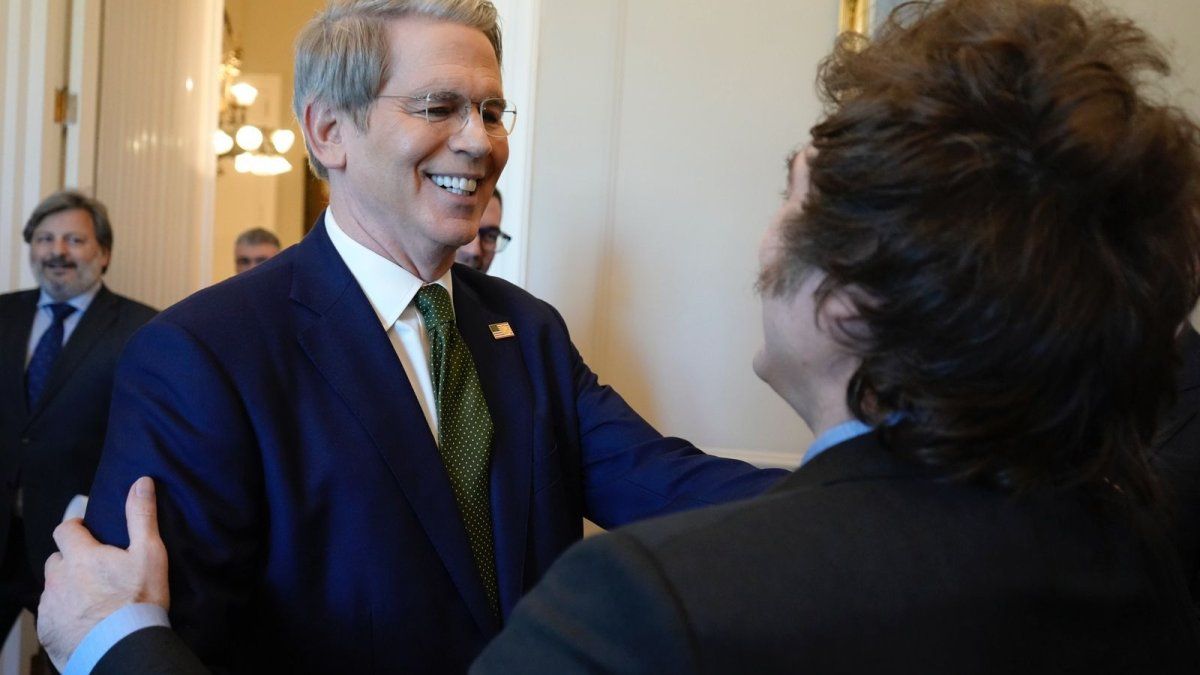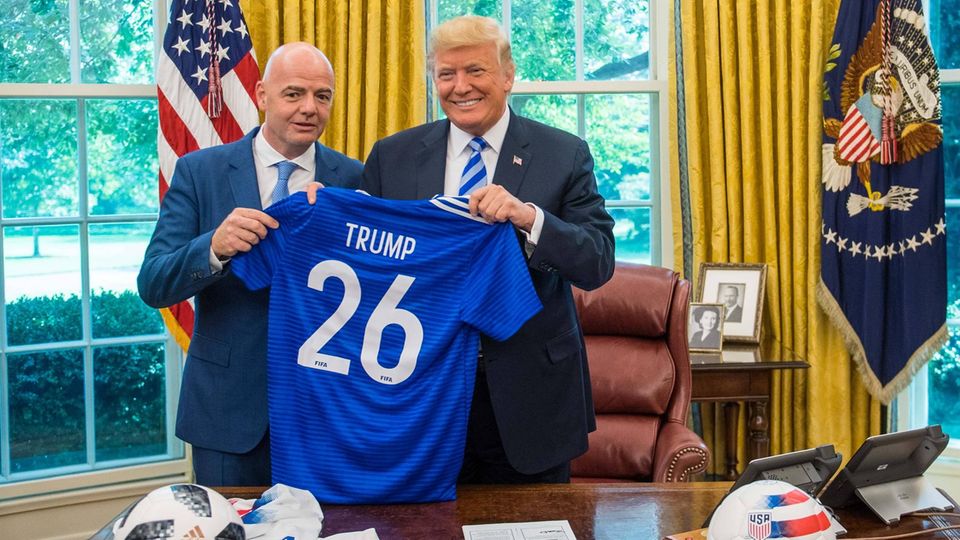The IMF is fighting for a “third time” after two resounding failures. The first period was the maintenance and abandonment of support for the Convertibility Plan which motivated the creation of the Independent Evaluation Office, which made a lapidary report in 2004 on the Agency’s role in the (mis)management of the Argentine case.
The second half was the mega credit of 2018 in which the disbursement of US$44 billion of the almost US$55 billion agreed upon was approved. Although in the “second period” the IMF staff covered itself by saying that the Argentine debt was “highly unsustainable,” the Trump Government forced a record credit that could not avoid the exchange rate crisis of the Macri Government.
One of the highest points of this “third time” that we are currently experiencing as a new IMF-Argentina saga is the exchange rate discussion. We said last week in another note that The exchange rate has a delay of around 30%, compared to the 2018-2019 average prior to the exchange restrictions that the Macri Government reintroduced in September 2019.
Although the BCRA Market Expectations Survey to may foresees a scenario of a dollar at $1,429 in one year (probably correcting upwards in the June REM), futures foresee a devaluation to $1,300 between March and April 2025, the implicit level that BOPREAL already has today.
The bond and stock market has already corrected downwards these weeks and the implicit dollars MEP and CCL reflect an exchange rate of between $1,275 and $1,290 close to the unified exchange rate expected by the IMFwithin the framework of a new agreement.
Speculation focuses on the future of the export dollar, which the IMF announced would be eliminated at the end of the month, which was denied by the Government, and on the timing of exchange rate unification.
It is evident that a total elimination of the trap implies a initial devaluation of 30%, except for a disbursement of funds of no less than US$15 billiongiven the expected dynamics of supply and demand for currencies as we analyzed in detail last week.
It will be difficult for the Government to obtain more than US$10 billion in the short term between the IMF and International Organizationsexcept for an additional amount linked to any market operation that includes a bridge for the sale of assets, privatizations, concessions or advances linked to RIGI projects.
But in this chicken-or-egg game, the IMF is pushing for an exchange rate opening (with devaluation) and the Government wants to strengthen reserves to open the stocks, but without devaluing to minimize the impact on prices. The IMF maintains that a reserve goal that allows increasing external assets requires another higher exchange rate.
This IMF demand is in line with the grain and oilseed retention behavior of producers and exporters. Thus, in June, given the change in market expectations, the BCRA was almost unable to accumulate reserves in the naturally surplus period that seasonally ends this month.
The truth is that the “staff report” suggests that the dollarization agenda and closure of the Central Bank are worth the redundancy off the agenda. The IMF claims that at most there will be a “currency competition”, with a floating exchange rate scheme and positive real interest rate in the style of other Latin American countries. He cites the cases of Peru and Uruguay to which other experiences could be added.
Minister Caputo who lived in the “second period” a traumatic relationship with the IMF in 2018, as described by the former Director of the Western Department Alejandro Werner in the book “La Argentina en el Fondo” has ratified the “crawling peg” at 2% during 2024 despite the fact that inflation in June would once again exceed the 5.5% annual averageincreasing the “liquefaction” of the December peso devaluation, which has already exceeded 81% of it.
The truth is that the negative rate period is ending (another IMF demand) which will be impossible without stocks. In the second semester, import payments will increase at the end of the schedules and an eventual recovery in the level of activity together with a greater exchange rate delay will increase the demand for foreign currency, exacerbating the gap and devaluation expectations.
The Government will most likely avoid rapid unification. It is expected that the economic team will promote a gradual opening during the second semester “vis a vis” with the income it obtains and therefore with greater reserves, concretizing the unification-devaluation between the spring and summer of this year.
A time where perhaps Caputo will pass the baton to Sturzenegger or some more pure Mileista, after the “work” of agreeing with the IMF and getting out of the trap.
A devaluation towards the summer should give time to “correct relative prices”, in the style of March 1991, launch a stabilization plan to reach the PASO of 2025 with declining inflation and a recovery in activityas happened after the stabilization plans of 1985 (Austral), 1991 (Convertibility) and 2002 (stabilization of Lavagna) that led to an electoral victory for the ruling party, after overcoming the previous inflationary and recessionary devaluation crises.
The Government’s strategy will be to try to revive the “growth at Chinese rates” from 1991 to 1994 from the inflow of capital from RIGI projects, generating an exchange rate appreciation that underpins the anti-inflationary plan and just as we said, gaining presence in Congress, achieving reelection and deepening the “second and third reforms” in a new Government. generation”.
The Government is excited that this time the export of tradables will generate growth like Guyana with a positive trade balance despite the opening. This requires that investments be made, that the terms of trade be accompanied and that global geopolitics and the international context play in favor, thus avoiding a crisis like the one the country experienced in the tequila of 1995 and in the Asian and Brazilian crisis of 1998-1999 that triggered, together with the IMF that ran out of Argentina, the convertibility crisis in 2001.
A challenge will be experienced from the fourth year when the RIGI projects do not require foreign currency income to the country and imports increase. Faced with this double Nelson, the IMF predicts that in 2025 the country may go into debt again. At that point perhaps the Government will celebrate winning in the elections and in the price, fiscal and external statistics that third time.
The big question is whether the return of debt will not cause, as in sport, that the third period does not end in a drunkenness that, like in the previous two periods (2001 and 2019), leads to a painful hangover. It remains to be seen if Milei “saw her” when she came from the future. The truth is that Argentines, although some deny it or try to forget it, not only saw it, but we already lived it.
Source: Ambito
David William is a talented author who has made a name for himself in the world of writing. He is a professional author who writes on a wide range of topics, from general interest to opinion news. David is currently working as a writer at 24 hours worlds where he brings his unique perspective and in-depth research to his articles, making them both informative and engaging.




